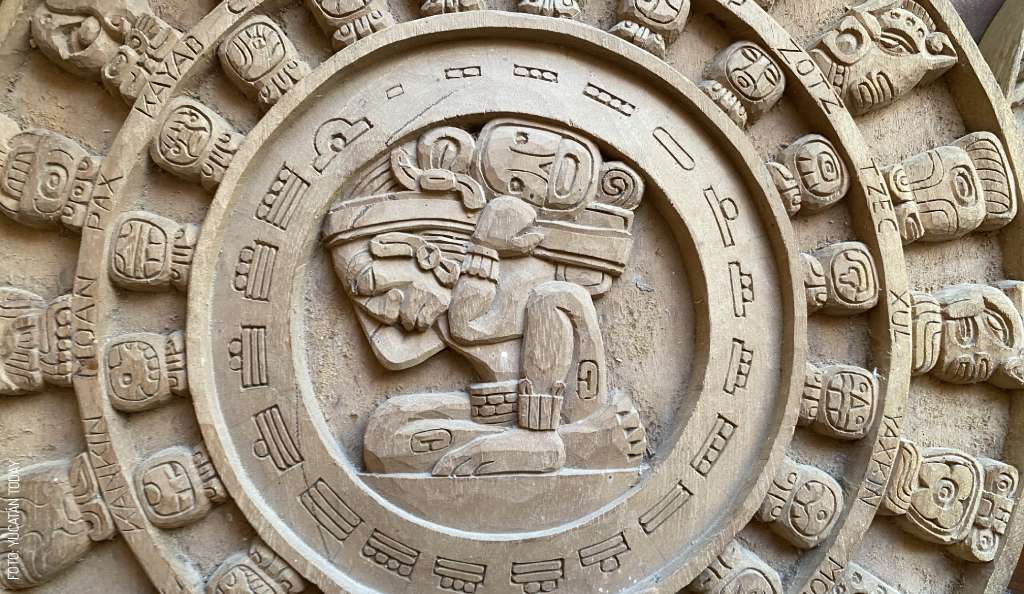The Mayan Calendars

The Mayan civilization developed several complex calendar systems, including the Haab', Tzolk'in, and the Long Count, which were used for agriculture, rituals, and tracking historical events.
The Mayan calendar system was one of the most intricate and accurate of the ancient world. It featured multiple, interlocking cycles: Tzolk’in (Sacred Calendar): 260 days, used for ceremonial and spiritual events. Haab’ (Civil Calendar): 365 days, marking the solar year. Calendar Round: A 52-year cycle combining Tzolk’in and Haab’, crucial for historical and astronomical reckoning. The calendar’s precision enabled the Maya to predict celestial and seasonal phenomena, record historical events, and plan rituals. Their Long Count calendar allowed them to date events across millennia. The Maya created complex time-measuring systems and often aligned monuments with important calendar dates to mark time and honor the gods.